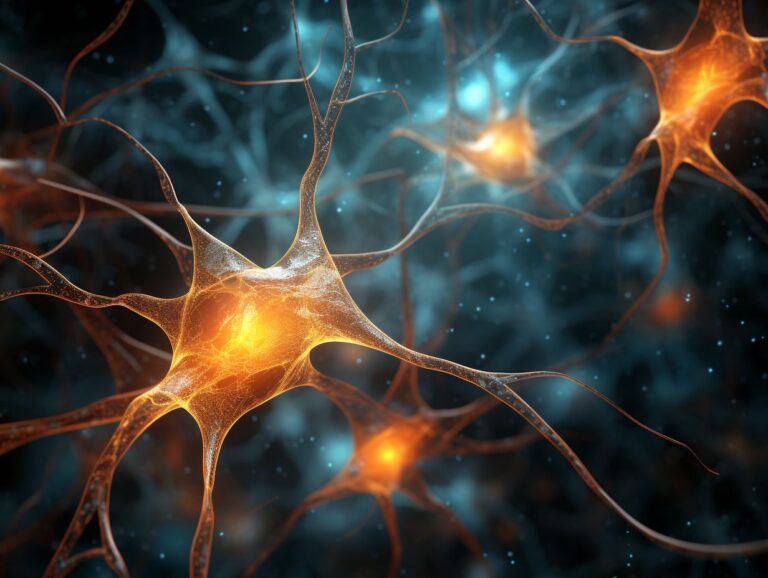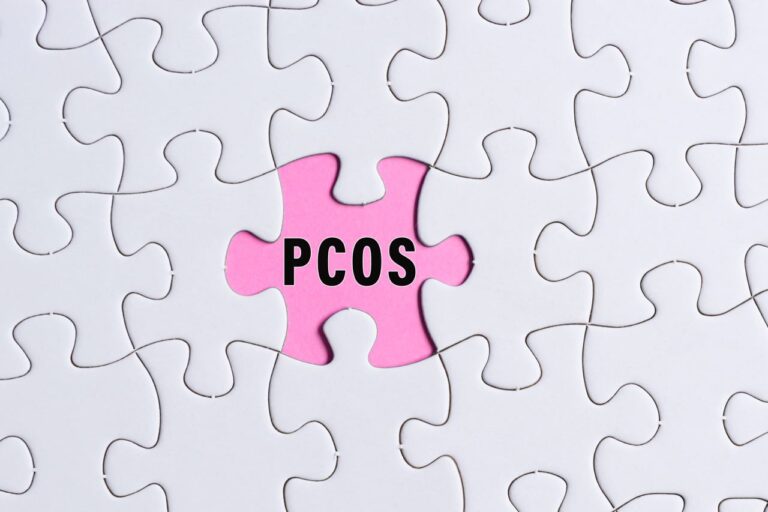Striking a Balance: Minimizing Side Effects in GLP-1 Medication Therapies
The advent of GLP-1 (glucagon-like peptide-1) medications has brought about significant strides in the management of type 2 diabetes. While these medications exhibit substantial efficacy in glycemic control and offer additional cardiovascular benefits, addressing potential side effects remains a critical aspect of optimizing patient well-being. This exploration delves into the strategies and considerations aimed at reducing side effects associated with GLP-1 medication therapies, providing insights into achieving a harmonious balance between therapeutic benefits and patient comfort.
GLP-1 medications, known for their ability to mimic the effects of the natural GLP-1 hormone, operate by enhancing insulin secretion, inhibiting glucagon release, and slowing down gastric emptying. However, like many pharmaceutical interventions, these medications can be associated with side effects that impact patients’ daily lives.
One common side effect of GLP-1 medications is nausea, which may occur, particularly during the initial stages of treatment. This temporary discomfort can lead to decreased appetite and, in some cases, weight loss. While these effects are often transient, healthcare providers employ strategies to mitigate nausea, such as gradually titrating the medication dosage or recommending adjustments to the timing of administration.
Another consideration is the potential for injection-site reactions, given that GLP-1 medications are typically administered via subcutaneous injections. Healthcare providers emphasize proper injection techniques and may suggest rotating injection sites to minimize the risk of irritation or discomfort.
Addressing gastrointestinal side effects is paramount in ensuring patient adherence to GLP-1 medication regimens. Diarrhea and constipation can occur, impacting the quality of life for individuals managing diabetes. Healthcare providers may recommend dietary modifications or adjustments to the medication regimen to alleviate these symptoms.
Weight loss, while a beneficial side effect for many individuals, may be undesirable or concerning for some. Healthcare providers carefully monitor weight changes and collaborate with patients to ensure that any unintended or excessive weight loss is promptly addressed, potentially by adjusting the medication dosage or exploring alternative treatment options.
As with any medication, individual responses to GLP-1 therapies vary. Open communication between patients and healthcare providers is crucial for identifying and addressing side effects promptly. Regular follow-up appointments allow for ongoing assessment of treatment efficacy and the development of tailored strategies to minimize discomfort while optimizing glycemic control.
In conclusion, while GLP-1 medications offer a multifaceted approach to diabetes management, acknowledging and actively managing potential side effects is essential. Through collaborative efforts between healthcare providers and patients, strategies can be implemented to reduce side effects, fostering a balanced and well-tolerated treatment experience. Striking this equilibrium ensures that individuals with type 2 diabetes can derive the maximum benefit from GLP-1 medication therapies while maintaining their overall quality of life.







